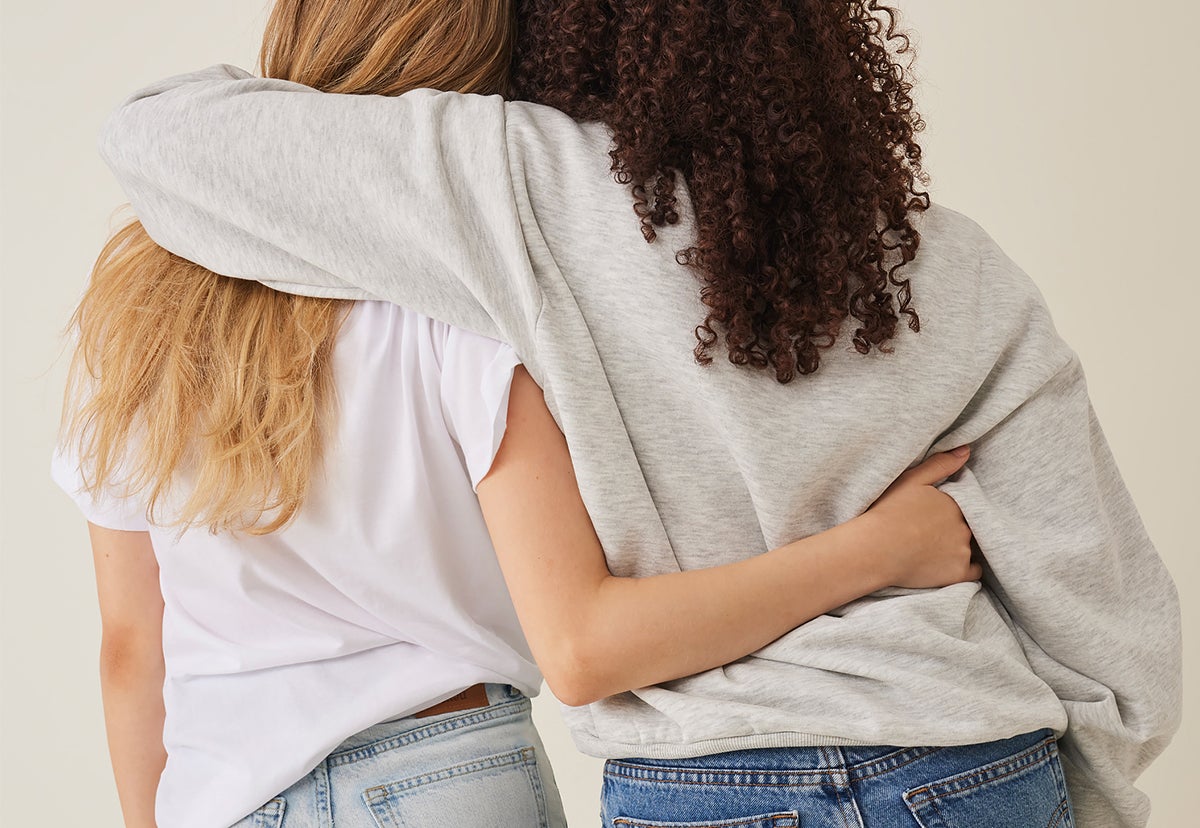First Period
Getting your first period can feel weird, exciting, and fun. Of course, there are many thoughts and reflections about what is normal and what is not. The age at which you get your period varies, most commonly it appears between the ages of 11-14. Some get their period as early as 9 or wait until after they turn 16. Nothing is strange or wrong, it's because we humans are different.

How often do I have my period?
The menstrual cycle, which is the time between the first day of the period and the first day of the next period, is usually about 28 days. When you are young and have just had your period, it is common for it to come a little irregularly or skip a month or even several months.
How much do I bleed?
How much you bleed varies from person to person, some bleed a lot and others a little. The total amount is usually no more than between 20 to 80 ml (which is about four tablespoons) during an entire menstrual period. It's not that much, but it can sometimes feel like a lot when the blood is mixed with secretions from the abdomen.
What color is the blood? What does menstruation look like?
It's easy to think that your period is red just like when you've cut your finger. It is completely normal for the blood to change color during the menstrual period. At the beginning of the menstrual period, it can be bright red, while at the end it can be a little darker and sometimes reddish-brown. Why it is brownish -because the blood that comes at the end of the period is not as fresh as what came at the beginning.
Does having a period hurt?
It can be different, some don't get hurt at all, and others might get super sick. Menstrual pain can be felt as a throbbing pain further down the stomach, it can also be pain out towards the back. The pain comes when the uterus contracts to be able to expel the mucous membrane. It is completely normal to have period pain, although it can feel very painful. It is good to move then, even if the pain makes it difficult. Another tip is to warm the area that hurts by lying in a warm bath or using a heating pad/wheat warmer. There are also over-the-counter medications that can help. If you feel a lot of pain so you are limited to, for example, going to school, talking to the school nurse, or youth reception, there is more help to get.
Why do you get your period?
Getting your period means that your body is simply ready to get pregnant. About 10-14 days before you get your period, you ovulate. An egg matures in your ovaries and travels down to your uterus through the fallopian tubes. This happens every month about two weeks before the period. During the time that the egg matures, the lining of the uterus becomes thick and full, this is to receive an egg that has been fertilized by a sperm. But if the egg is not fertilized, the thick mucous membrane is not needed and it is expelled. Voila, this is what menstrual bleeding is. If the egg is fertilized, it attaches to the lining of the uterus and begins to grow. If that happens, there will be no period but maybe a baby.
Which menstrual protection should I wear?
The type of menstrual protection you want to use varies from person to person. In the beginning, you want it to be as simple as possible, to give you time to get used to this new bodily function. Period underwear and cloth pads are smart, comfortable and easy to use.
